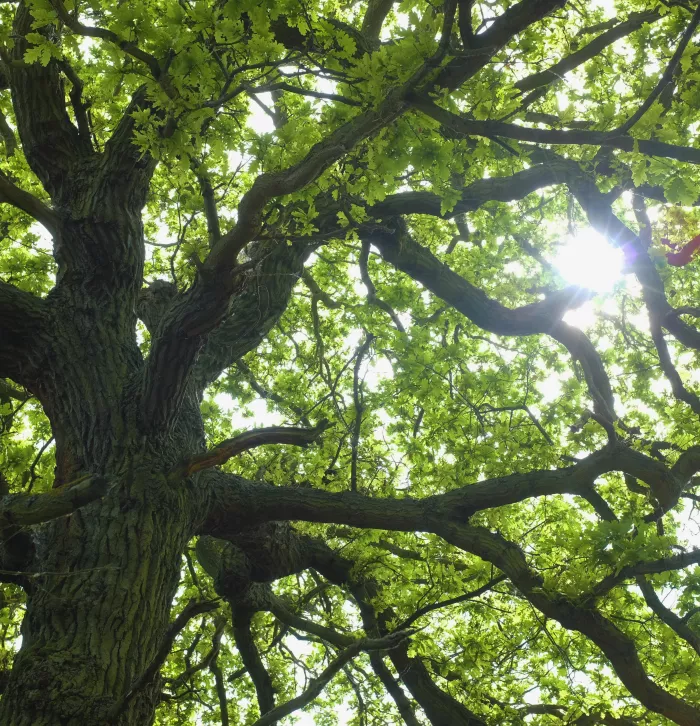Nightingales fly thousands of miles from Africa every year to spend the summer at Lodge Hill.Alan Johnson, South East Conservation Manager, RSPB
The site includes ancient woodland with grasslands which are home to mammals, reptiles, amphibians, rare insects and flowers as well as nightingales. The importance of Lodge Hill is so great that in 2013 the Government declared it a Site of Special Scientific Interest (SSSI) for its nightingales, ancient woodland and grasslands. SSSIs are designated precisely because they are the best places for wildlife in the UK, safeguarding them as a home for wildlife for future generations.
Alan Johnson, South East Conservation Manager for the RSPB, said: “Nightingales fly thousands of miles from Africa every year to spend the summer at Lodge Hill, where they sing their powerful song and raise their young. It is deeply concerning that one of the few places where they are thriving could be lost this way, and equally worrying is what this would mean for other sites that are meant to be protected. We are making sure people are aware that this is their chance to have their say.
Greg Hitchcock, Conservation Officer for Kent Wildlife Trust added: “Despite stating in the consultation document that such sites will be given a high level of protection from development, none of the four options presented to the people of Medway exclude a new town on Lodge Hill. Medway Council should be standing alongside the many conservation organisations to protect Medway's environment, not help destroy it.”
Gill Moore of the Friends of the North Kent Marshes said: "Medway Council's Vision says that they want the area to be noted for its stunning natural assets. We hope that Councillors come to appreciate that having the best place for nightingales in the country is exactly that ̶ it is something for Medway to be proud of. If they really believe that Vision, they should be doing everything they can to save and celebrate Lodge Hill."
There are only just over 4,000 SSSIs in England, and Lodge Hill is the only one designated primarily for nightingales. It also supports several badger families, several species of bat and many bat roosts, an exceptional population of reptiles, and many other bird species – including three species of owl. Surveys are still being undertaken, and with each one we discover that the value of this site for wildlife is even greater than we previously knew.
Theoretically, under National Planning Policy, a SSSI can only be developed if all other options for potential development have first been exhausted, and then if mitigation or comprehensive compensation is put in place. These steps at present have not been followed.
#The #SaveLodgeHill campaign has brought together a partnership including the RSPB, Kent Wildlife Trust, Buglife, Butterfly Conservation, Friends of the North Kent Marshes, Medway Countryside Forum and the Woodland Trust.
Medway Council's public consultation into their draft Local Plan Development Options lasts from 16 January to 6 March 2017. To find out more and how to help #SaveLodgeHill, visit: rspb.org.uk/savelodgehill or kentwildlifetrust.org.uk/lodge-hill.


